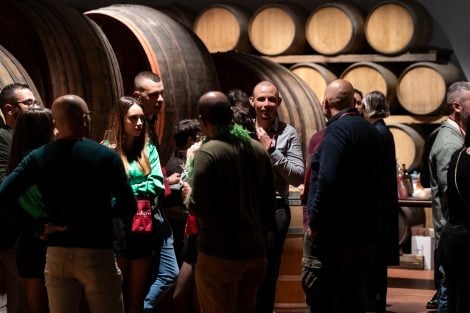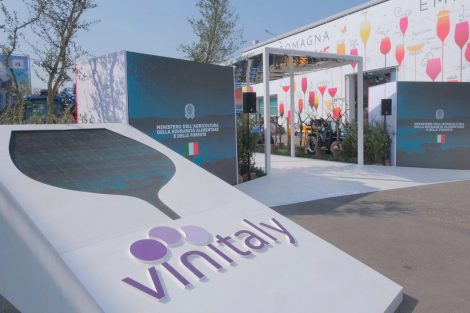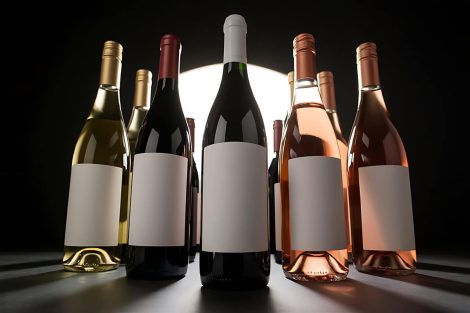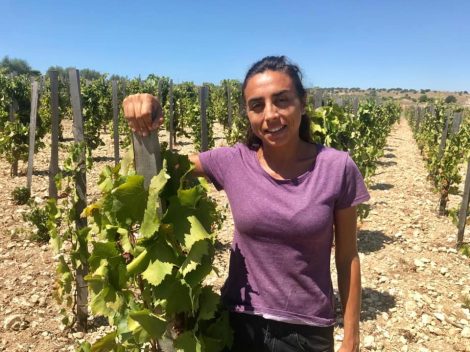Rivetti's history
On one hand, the medieval village, the square tower, the winding, narrow, cobblestone street – on the other, the hills that face from the Bricco towards Neive, the home of those fortunate vineyards where the Rivetti family has made wine for four generations. In 1973, Dante and Luciano began to bottle their product. The winery grew to today’s 45 hectares, and their three children are a promising new generation. The wines are a favorite even with the most exigent consumers. Most of the grapes are nebbiolo, eighteen hectares, from which their Barbaresco DOCG is made. Next is Moscato (on ten hectares) and the remaining land is divided among barbera, dolcetto and arneis. The two flagship wines, Barbaresco and Moscato, are the pride of the family. I spoke with Katia, Dante’s daughter, who handles foreign markets. The domestic market is the responsibility of her sister, Mara. The winery and vinification processes are the domain of Ivan, the eldest.
The wines
“Our Barbaresco DOCG is a monovarietal nebbiolo. We offer it in two labels. Bricco Neive is aged for three years in large barrels and one year in the bottle. It comes from vines that are at least forty years old. Micca, instead, comes from younger vineyards”. Pruning is short, and thinning carried out in the vineyard is severe.
But the most renowned Rivetti wine, in terms of production as well, is Moscato d’Asti DOCG: 70,000 bottles, compared to Barbaresco’s 15,000. Let’s look at the process that leads to Moscato. After grape pressing, the filtered must is held in silos at -2°C. Fermentation in autoclave for about 15-20 days follows, before bottling. Moscato is a dessert wine, always a presence during joyful get-togethers. Its low degree of alcohol (about 5 degrees) guarantees easy drinkability. But producing it is an act of love.
by Nino d'Antonio

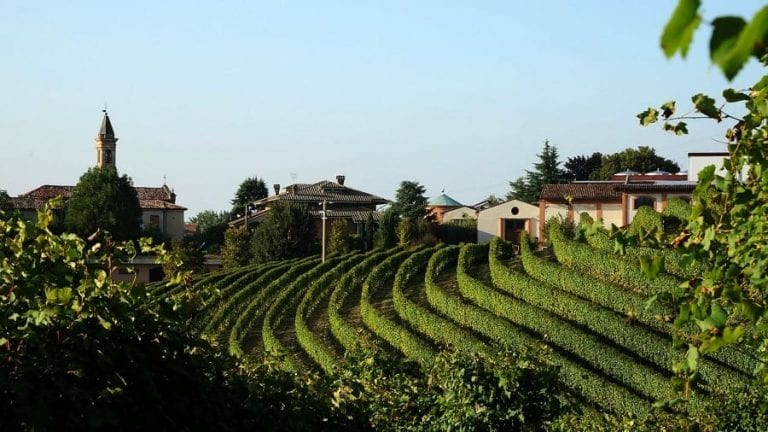

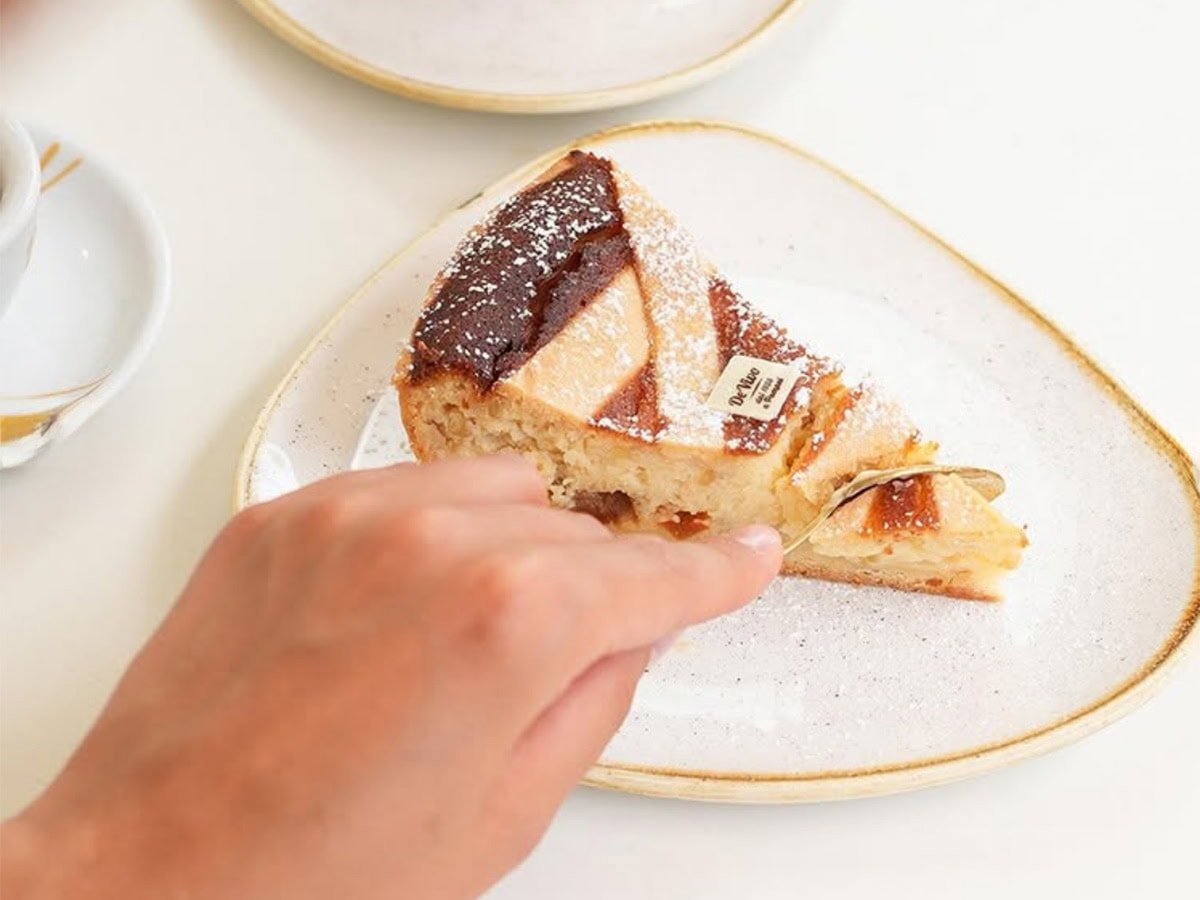 The top patisserie just steps from the Pompeii ruins where you can enjoy exceptional pastiere and croissants
The top patisserie just steps from the Pompeii ruins where you can enjoy exceptional pastiere and croissants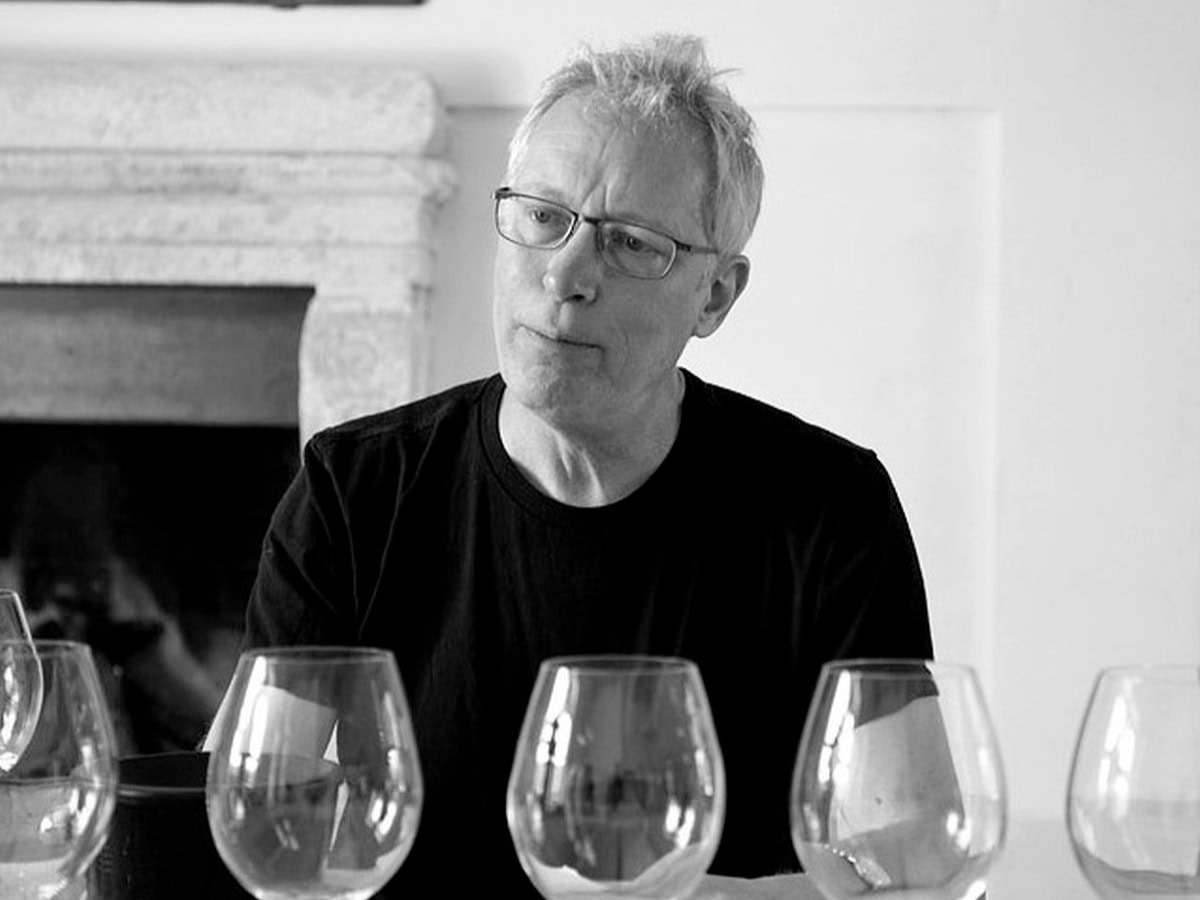 Tariffs? “The wine market will be dominated only by big groups.” Eric Asimov of the New York Times speaks out
Tariffs? “The wine market will be dominated only by big groups.” Eric Asimov of the New York Times speaks out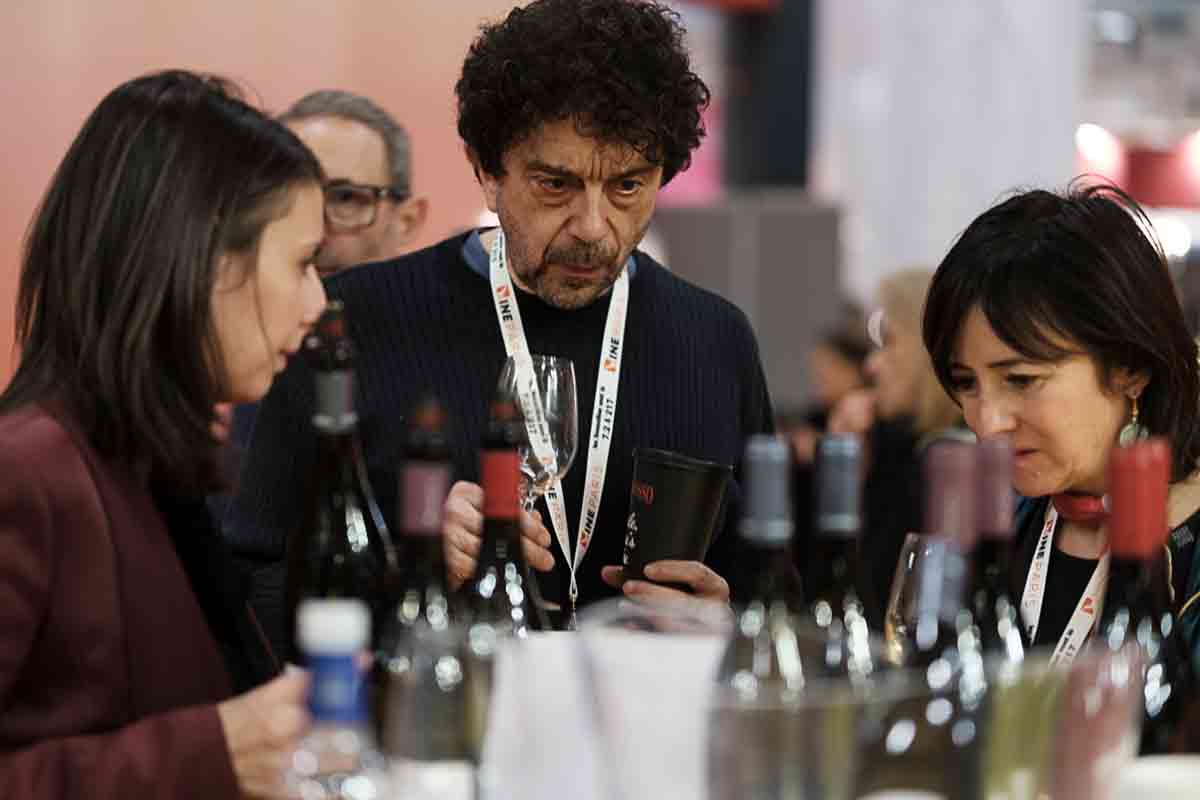 Tre Bicchieri meets Wine Paris
Tre Bicchieri meets Wine Paris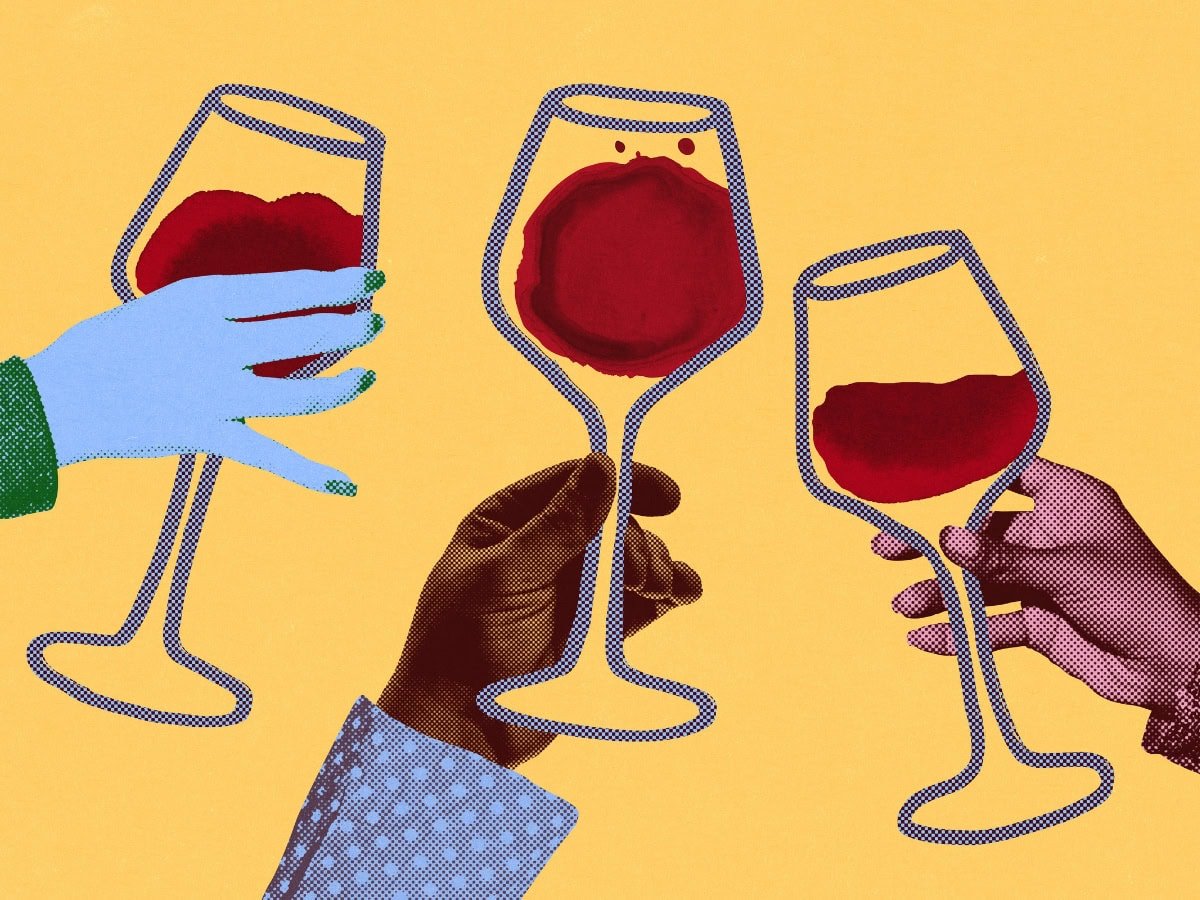 Fewer bottles, more by-the-glass: how to build the wine list of the future
Fewer bottles, more by-the-glass: how to build the wine list of the future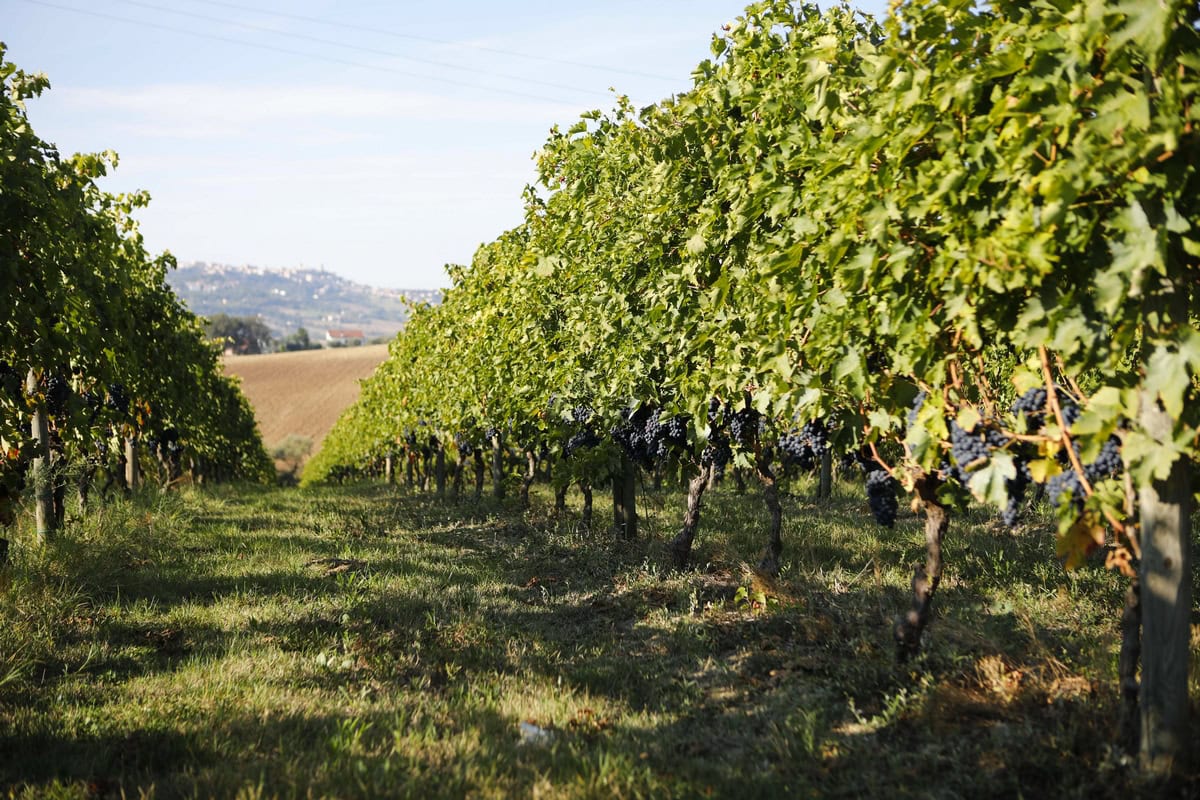 The Moncaro collapse impacts Marche wines. But average price rises
The Moncaro collapse impacts Marche wines. But average price rises
